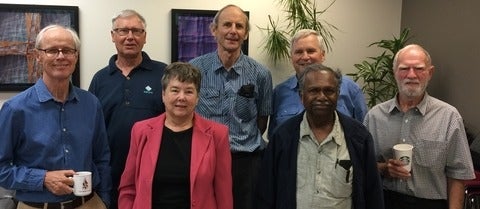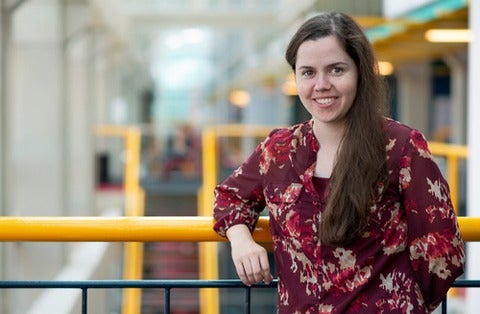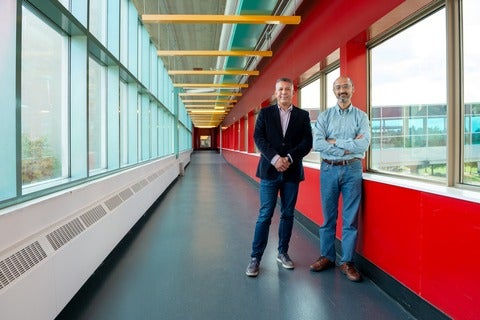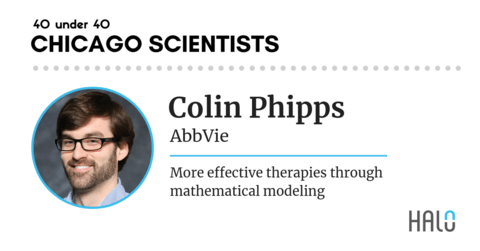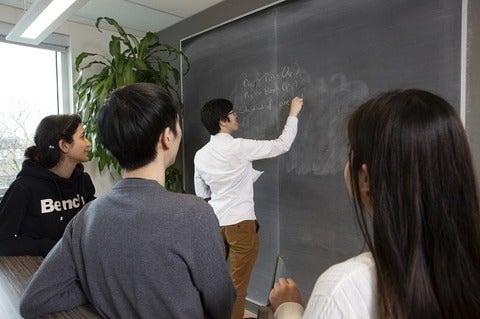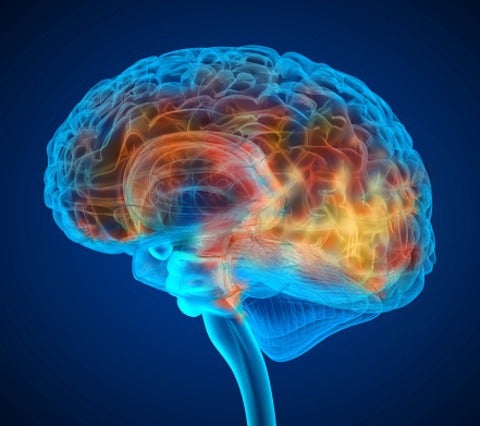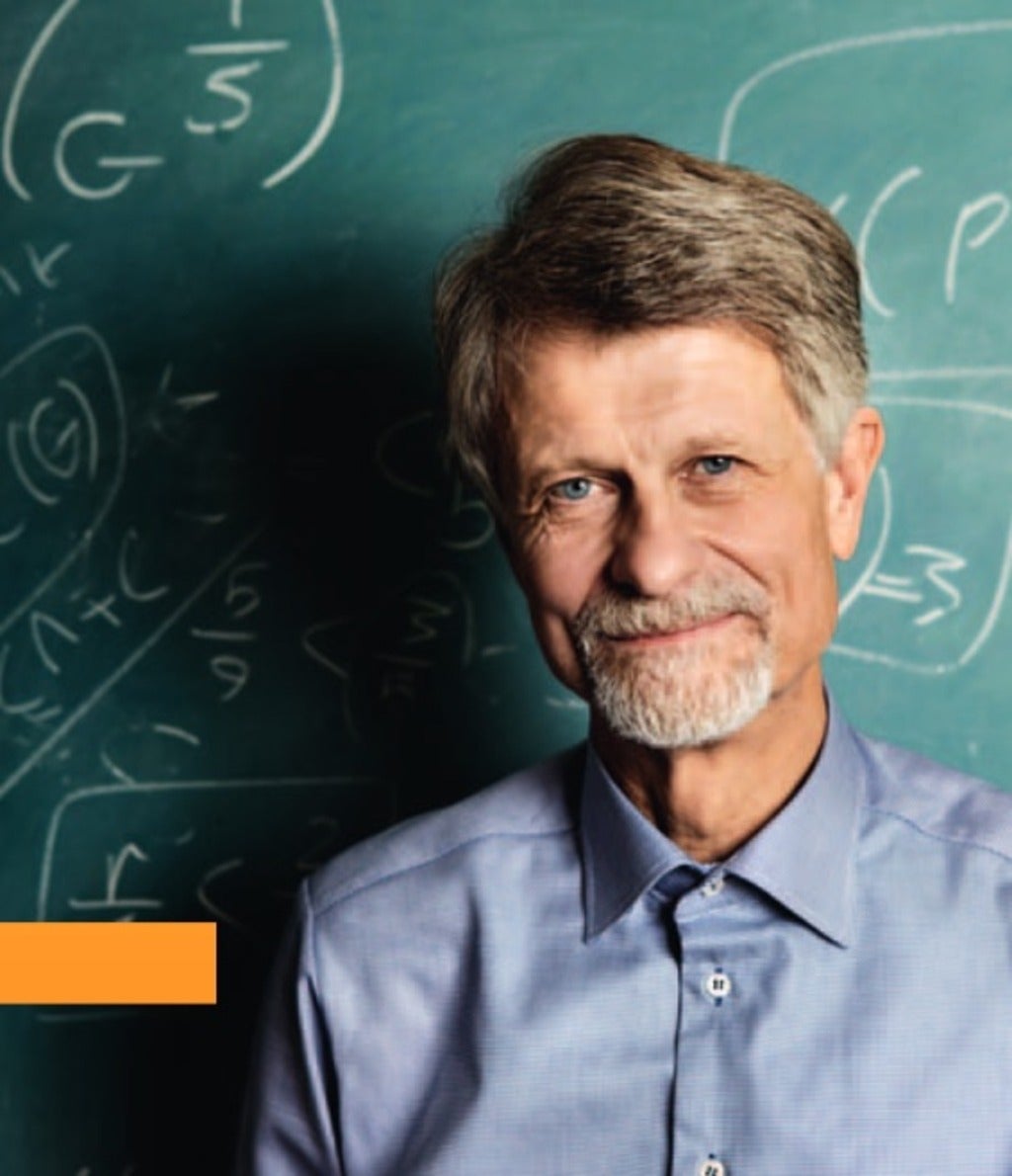Second-year CS student Anne Chung and her teammate Lena Nguyen win privacy-themed Citizen Hacks competition
A pair of second-year University of Waterloo students shared the top prize at the inaugural Citizen Hacks, a recent hackathon focused on creating technology to protect privacy.
